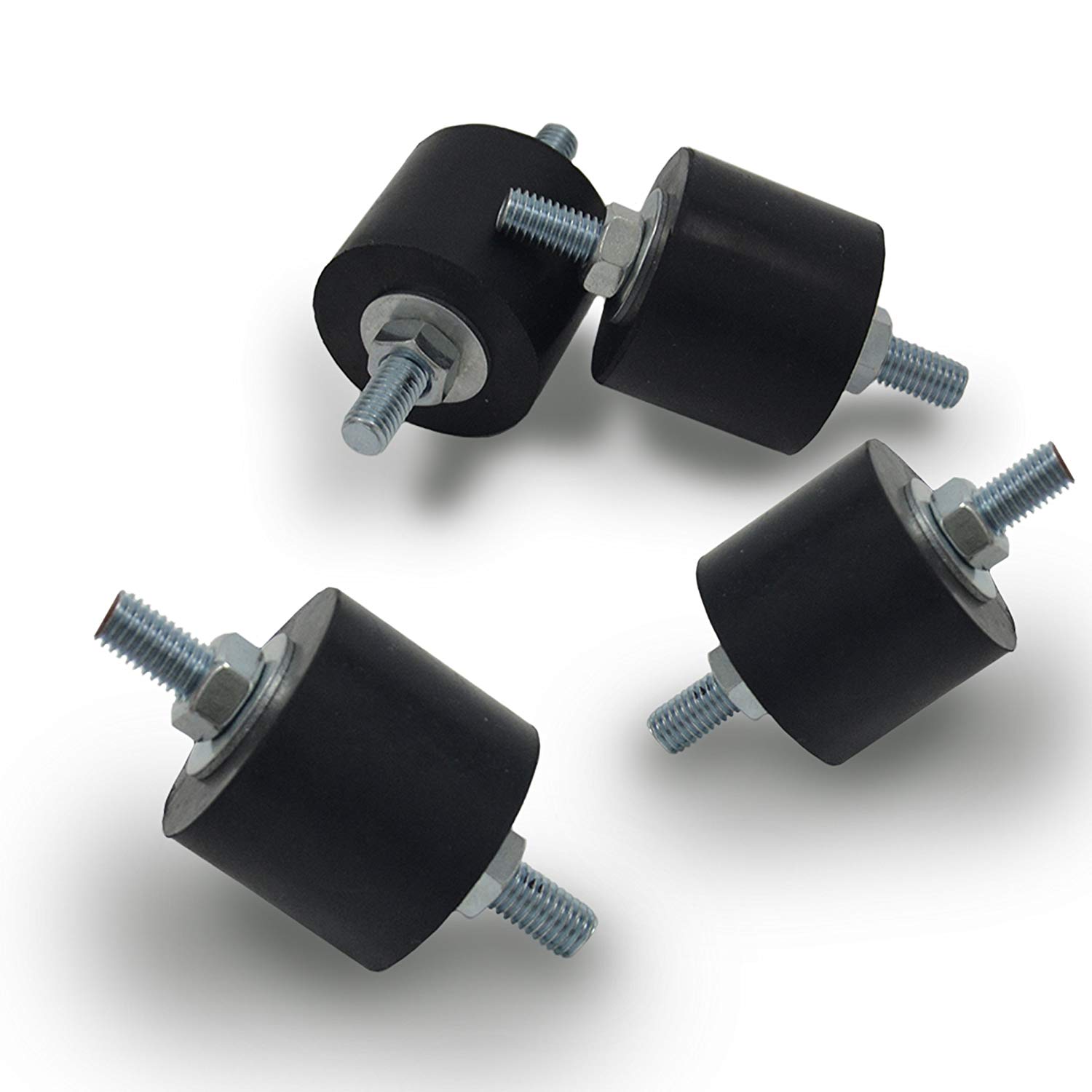Overmolding Injection Molding is a process in injection molding where a single injection molding machine and mold are used to create a multiple-layered or multi-material part. This process involves two or more materials, where a base material is molded first, and then one or more additional materials are injected or molded onto the base material to create a finished part.

Here is a general overview of the overmolding injection molding process:
-
Mold design: A mold is designed with multiple cavities or separate injection points to accommodate the different materials that will be used in the Overmolding Injection Molding process. The mold should have appropriate cooling channels to ensure efficient cooling and solidification of each layer.
-
Base material injection: The base material is first injected into the mold cavity using an injection molding machine. This material forms the initial layer or substrate of the final part.
-
Surface preparation: Once the base material has solidified, the surface is prepared for Overmolding injection molding. This can involve various surface treatments or primers to promote adhesion between the base material and the subsequent layers.
-
Overmolding: The additional material(s) are injected or molded onto the prepared surface of the base material. This can be done using the same injection molding machine, but with a different material or color. The Overmolding injection molding material is typically chosen for its compatibility with the base material and desired properties of the final part.
-
Cooling and ejection: After the Overmolding injection molding process, the part is allowed to cool and solidify completely within the mold. Cooling time may vary depending on the materials used and the part design. Once cooled, the mold opens, and the finished part is ejected.
-
Post-processing: The ejected part may require trimming, cleaning, or other post-processing steps to remove any excess material or improve the surface finish if needed.
Overmolding injection molding offers several advantages, such as enhanced design flexibility, improved part functionality, better aesthetics, and cost savings by reducing assembly and labor operations. This process finds applications in various industries, including automotive, consumer electronics, medical devices, and more.
Recent Post
- Precision in Every Part: The Versatility of Liquid Silicone Molding
- Overmolding Injection Molding: Unlocking Design Freedom & Enhanced Functionality
- Liquid Silicone Molding: Precision and Versatility
- Liquid Silicone Molding: A Cutting-Edge Solution For Manufacturing
- Overmolding Injection Molding | Advanced Manufacturing
- Precision & Durability: High-Quality Liquid Silicone Molding Solutions – Melon-Rubber
